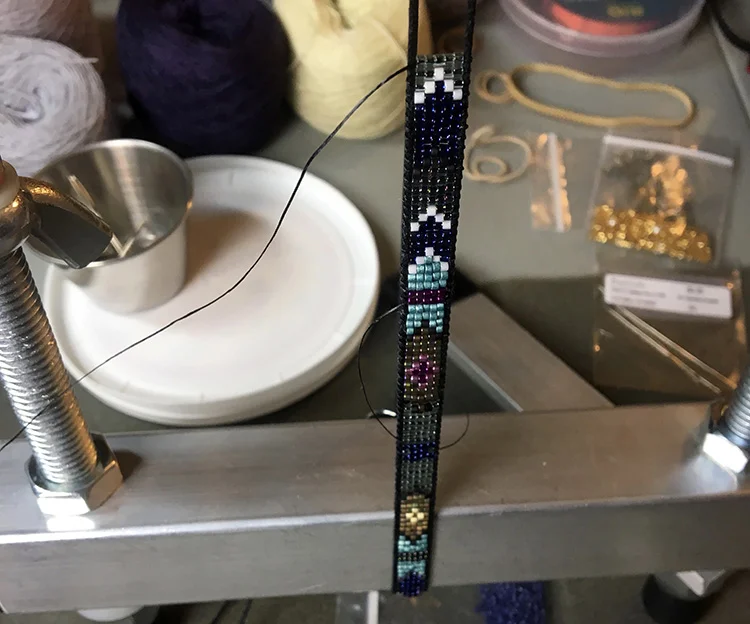In my last post I reviewed Spider Woman’s Children: Navajo Weavers Today, a new book by Lynda Teller Pete and Barbara Teller Ornelas. As part of that post I found myself writing what follows but then felt my own experience was out of place when discussing that beautiful publication. So what follows is some thoughts about my own relationship to Navajo weaving today. You can read the blog post about the book HERE.
I grew up in Gallup, NM. That town on I-40 is perched on the edge of the Navajo Indian Reservation just south of where Lynda and Barbara grew up. Slowly, I came to know a little about Navajo weaving. My parents took us to Hubbell Trading Post National Historic Site whenever we had out-of-town guests they wanted to show around. Inevitably that was followed by a trip to Canyon de Chelly. I understood nothing of tribal/US politics as a child. Nor did I understand much about poverty or the roots of the struggles the Navajo people have experienced at the hands of the federal government.







